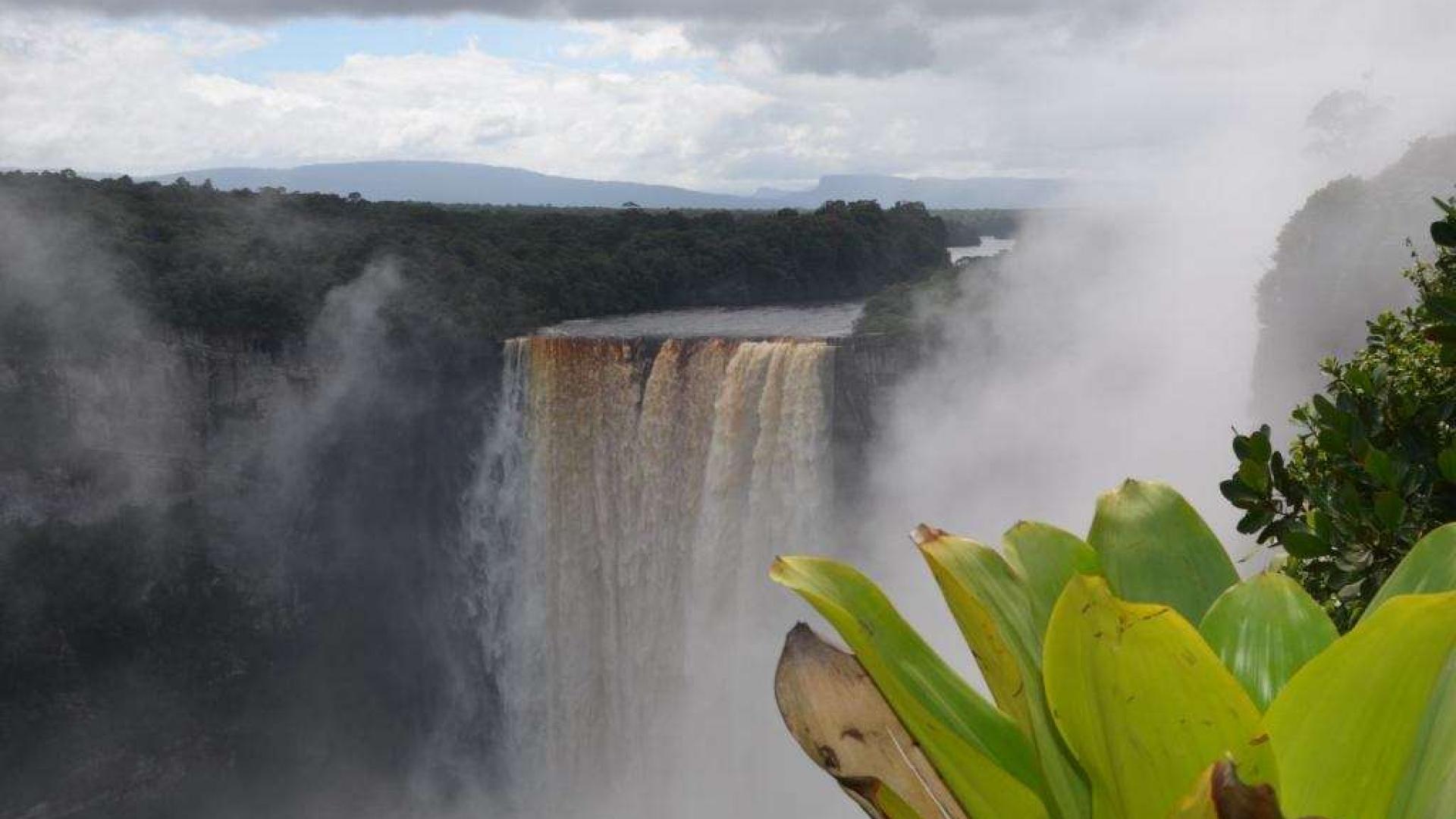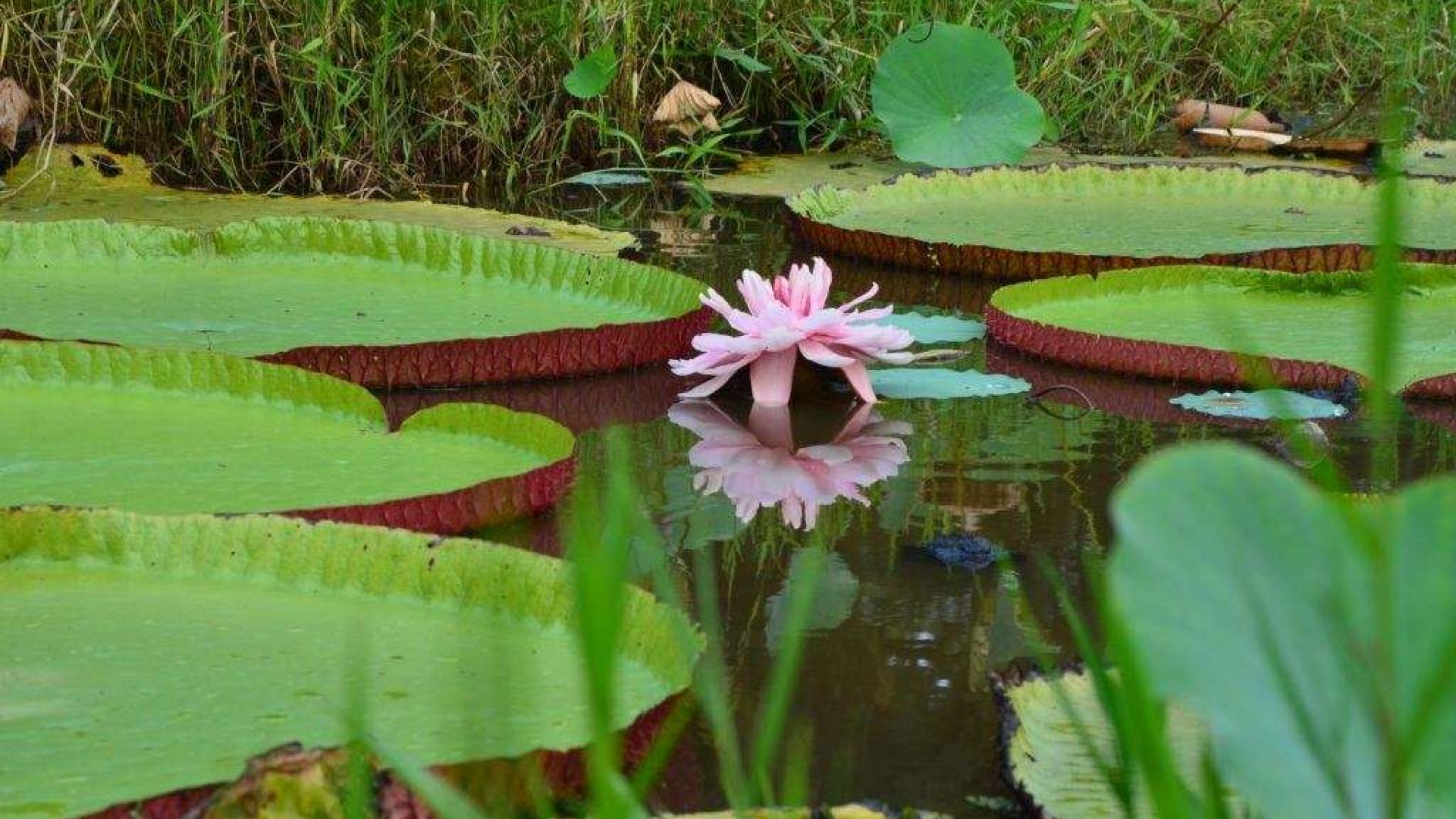Guyana's economy and its main characteristics
Guyana has many natural resources, but despite this it remains an agricultural country, which is mainly oriented to the external market.
Among the country's natural resources are most common: bauxite, diamonds, gold, shrimp, hard wood, fish. In addition there are deposits of ores of iron, manganese, nickel, molybdenum, but they do not develop large and small hydropower resources are used.
At the heart of Guyana's economy is the mining industry and agriculture, it is based on the sale of six major products - wood, sugar, bauxite, gold, shrimp, rice. Per capita GDP size is $ 3900, and is the world's 157 th place. The main problems of Guyana is a poor infrastructure and insufficient skilled labor. The country has an external debt of $ 800 million, which was left after the cancellation of the Inter-American bank debt of $ 500 million in unemployment in the country is quite high and is 11%. Agriculture provides 25% of the country's GDP at the expense of sugar cane, rice, shrimp, fish, vegetable oil, cattle, pork and poultry.
Industry of Guyana provides 24% of GDP due to bauxite mining, sugar production, rice processing, forestry, textiles and gold mining. Since there are many tourists, it brings the country's service sector 51% of GDP. If it were not controlled by crime, which is the result of high unemployment, the tourists would have been even greater.
The main buyers are the resources of Guyana, Portugal, Canada, Jamaica, USA, UK, Netherlands and Ukraine. In addition, there are cultivated citrus fruits, bananas, maize, pineapples and coconuts, which are an important product of the country's agriculture.
- Log in to post comments





